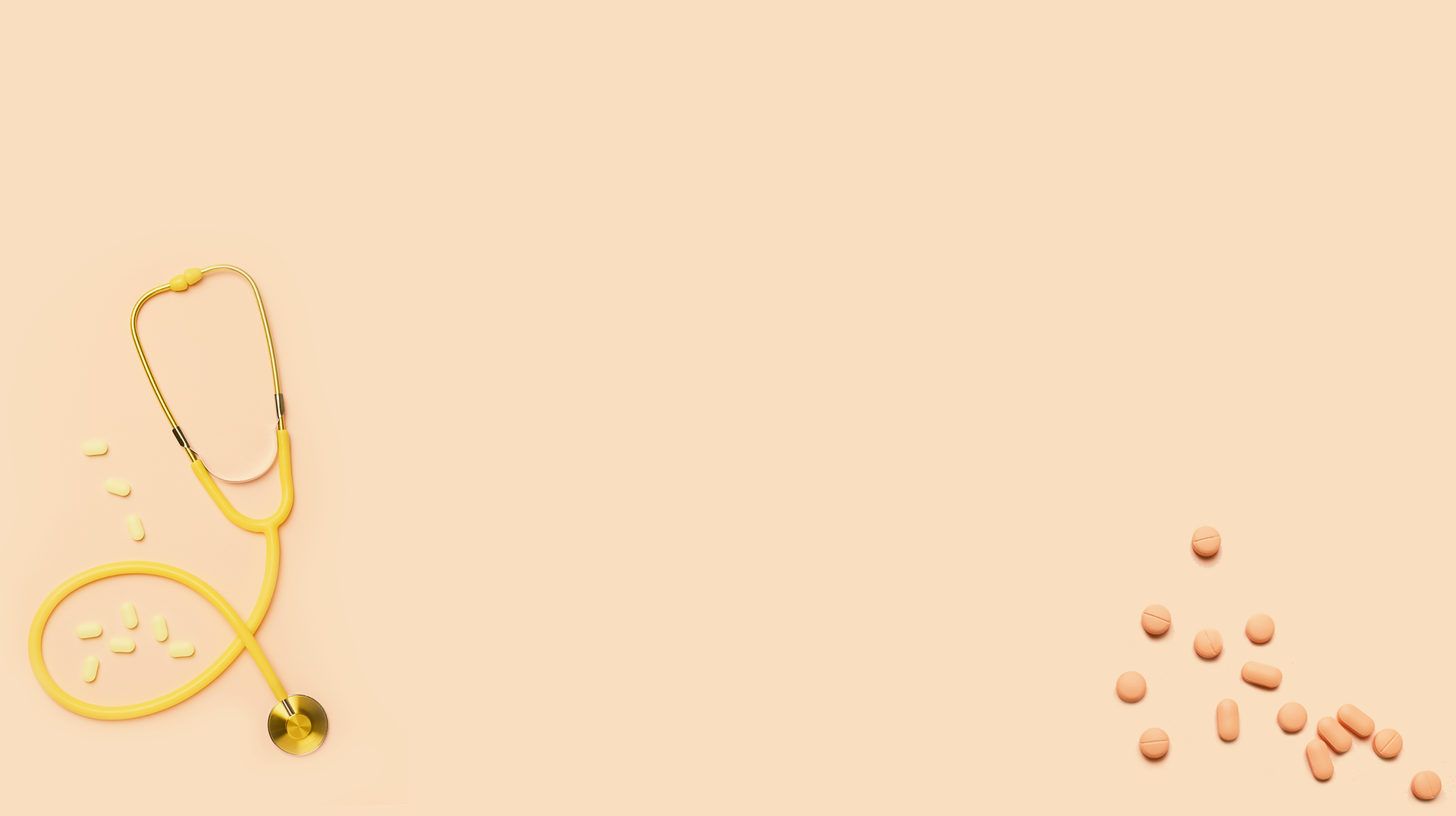Are Jawline Filler Injections Safe? Understanding the Risks
- Dynamic Clinic
- Oct 17, 2024
- 3 min read
In recent years, the popularity of cosmetic procedures has surged, with jawline filler injections becoming one of the most sought-after treatments in Dubai. People are increasingly interested in enhancing their facial contours, leading to a significant rise in demand for these non-surgical procedures. However, while jawline fillers can provide immediate aesthetic results, many individuals are left wondering about the safety and potential risks associated with this treatment. In this article, we will delve into the safety of Jawline Filler Injections in Dubai and help you understand the risks involved.
Understanding Jawline Filler Injections
Jawline filler injections involve the use of dermal fillers, typically composed of hyaluronic acid, to enhance and define the jawline. This treatment aims to create a more sculpted and youthful appearance by adding volume to the jaw area, correcting asymmetries, and improving facial proportions. Although the procedure is minimally invasive and generally considered safe, it is essential to understand that, like any medical treatment, there are inherent risks.
The Importance of Choosing a Qualified Practitioner
One of the most crucial factors that contribute to the safety of jawline filler injections is the expertise of the practitioner administering the treatment. In Dubai, various qualified professionals, including licensed dermatologists and plastic surgeons, perform these procedures. It is vital to choose a practitioner with extensive experience and training in injectable treatments to minimize the risk of complications.
Before undergoing the procedure, patients should do thorough research on the practitioner’s qualifications and experience. Reading reviews, asking for before-and-after photos, and checking for certifications can provide insights into the practitioner’s capabilities. A reputable practitioner will prioritize patient safety, discuss potential risks, and ensure the treatment is tailored to the individual’s needs.
Potential Risks of Jawline Filler Injections
While many people undergo jawline filler injections without experiencing any adverse effects, it is crucial to be aware of the potential risks involved. Some of the common risks associated with this procedure include:
Allergic Reactions
Although rare, allergic reactions to the substances used in dermal fillers can occur. Symptoms may include swelling, redness, and itching at the injection site. It is essential to disclose any known allergies to the practitioner before the procedure to reduce the risk of an allergic reaction.
Infection
As with any injectable treatment, there is a risk of infection at the injection site. Ensuring that the procedure is performed in a clean, sterile environment and following proper aftercare instructions can help minimize this risk. Patients should be vigilant about signs of infection, such as increased swelling, pain, or pus formation, and seek medical attention if these symptoms arise.
Swelling and Bruising
Swelling and bruising are common side effects of jawline filler injections. While these effects typically resolve within a few days, they can be concerning for patients. Understanding that some swelling and bruising are normal can help alleviate anxiety about the procedure.
Asymmetry
In some cases, the results of jawline filler injections may not be perfectly symmetrical. This can occur due to uneven placement of the filler or natural facial asymmetries. A skilled practitioner will strive to achieve balance and harmony in the treatment results, but it is essential for patients to have realistic expectations.
Vascular Complications
A more serious risk associated with jawline filler injections is the possibility of vascular complications. If the filler is accidentally injected into a blood vessel, it can lead to serious complications, including tissue necrosis or vision problems. This highlights the importance of selecting a qualified practitioner who understands facial anatomy and can minimize the risk of such occurrences.
Aftercare: Minimizing Risks
Proper aftercare following jawline filler injections can significantly impact the overall safety and outcome of the treatment. Patients should adhere to the following aftercare tips:
Avoid Touching the Injection Sites: Refrain from touching, massaging, or applying pressure to the treated areas for at least 24 hours to prevent displacement of the filler.
Stay Hydrated: Drinking plenty of water can help maintain skin elasticity and promote healing after the treatment.
Avoid Strenuous Exercise: It is advisable to avoid vigorous physical activities for 24-48 hours post-treatment to reduce the risk of increased swelling or bruising.
Avoid Alcohol and Blood Thinners: Alcohol and certain medications can increase the risk of bruising. It is best to avoid these substances for at least 24 hours before and after the procedure.
Follow Practitioner’s Instructions: Adhering to any specific aftercare instructions provided by the practitioner is crucial for ensuring optimal results and minimizing risks.
Conclusion
While jawline filler injections in Dubai can provide significant aesthetic improvements, it is essential to be aware of the associated risks. Choosing a qualified practitioner and understanding potential complications can help ensure a safe and satisfying experience. As with any cosmetic procedure, open communication with your practitioner is vital to address any concerns and establish realistic expectations for the treatment outcome. Ultimately, safety should always be a priority, allowing individuals to enhance their appearance confidently.


Comments